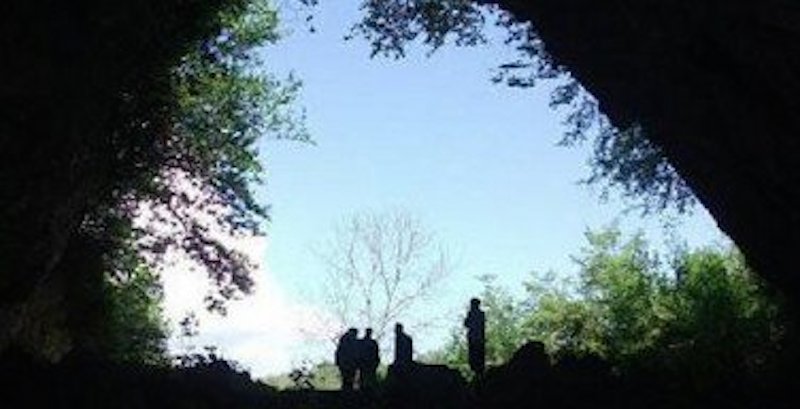
The first sequencing of ancient genomes extracted from human remains that date back to the Late Upper Palaeolithic period over 13,000 years ago has revealed a previously unknown "fourth strand" of ancient European ancestry. This new lineage stems from populations of hunter-gatherers that split from western hunter-gatherers shortly after the 'out of Africa' expansion some 45,000 years ago and went on to settle in the Caucasus region, where southern Russia meets Georgia today.
Here these hunter-gatherers largely remained for millennia, becoming increasingly isolated as the Ice Age culminated in the last 'Glacial Maximum' some 25,000 years ago, which they weathered in the relative shelter of the Caucasus mountains until eventual thawing allowed movement and brought them into contact with other populations, likely from further east.
This led to a genetic mixture that resulted in the Yamnaya culture: horse-borne Steppe herders that swept into Western Europe around 5,000 years ago, arguably heralding the start of the Bronze Age and bringing with them metallurgy and animal herding skills, along with the Caucasus hunter-gatherer strand of ancestral DNA - now present in almost all populations from the European continent.
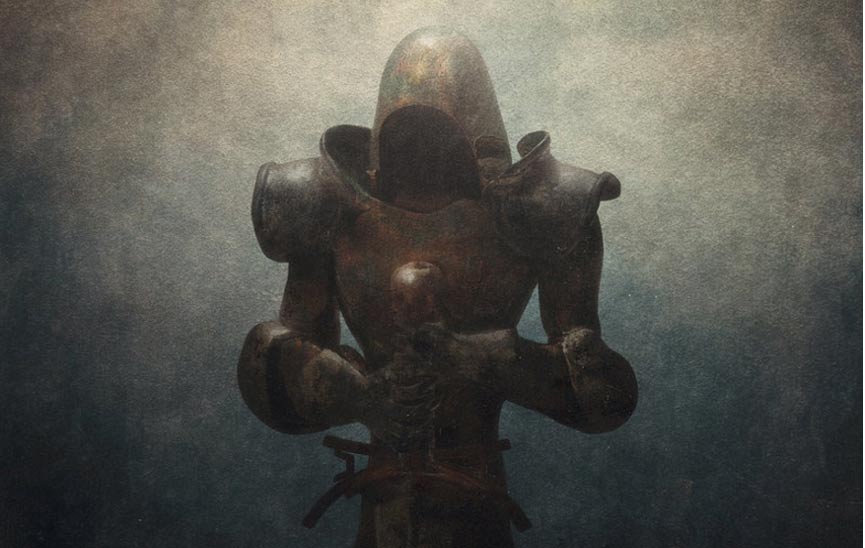
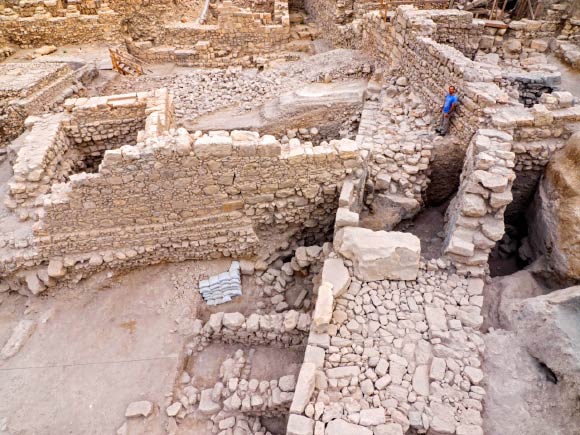
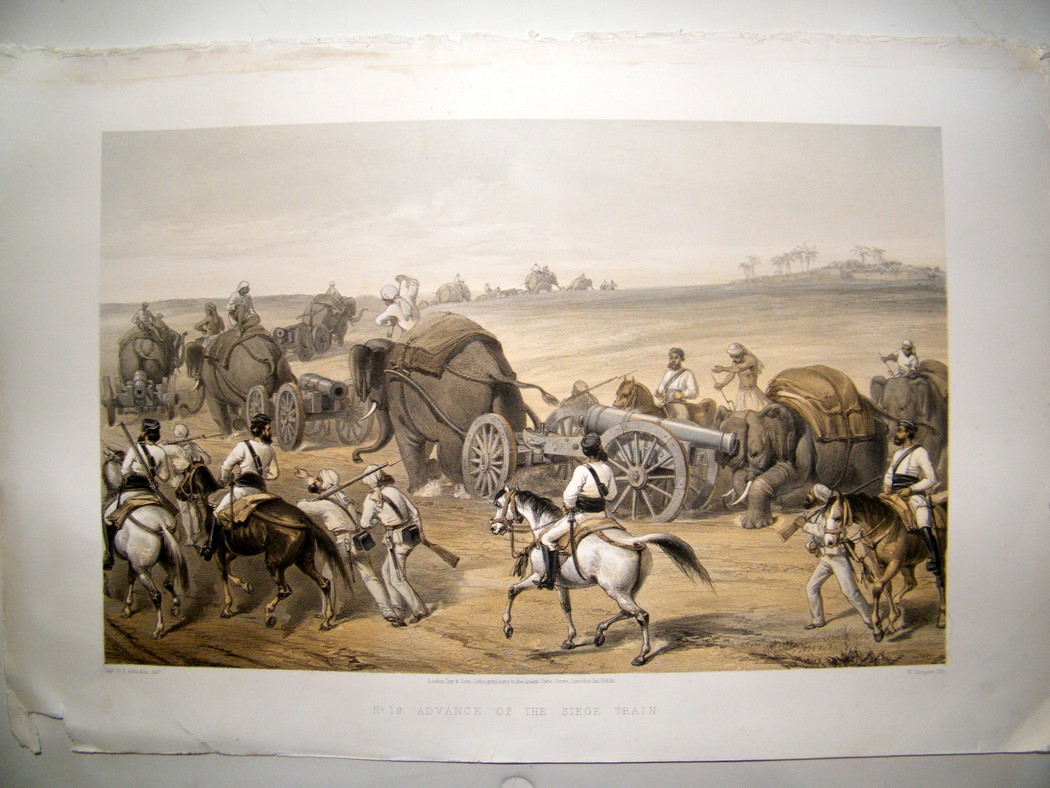
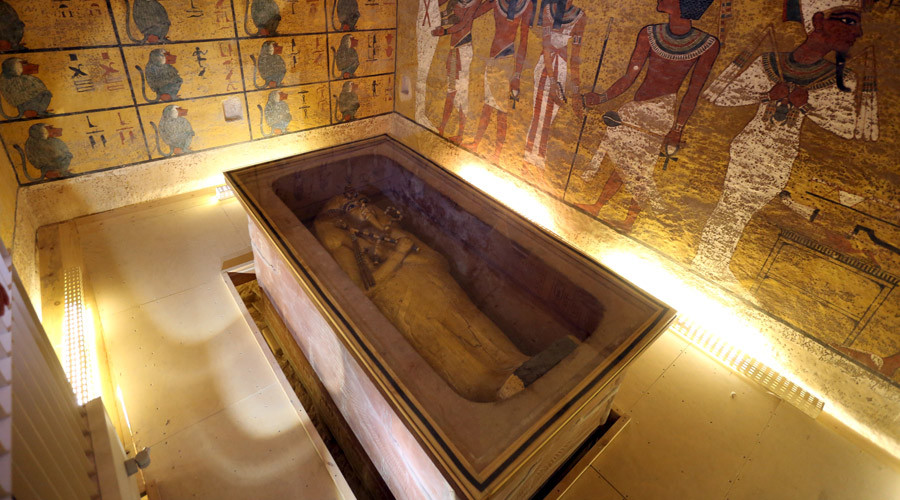
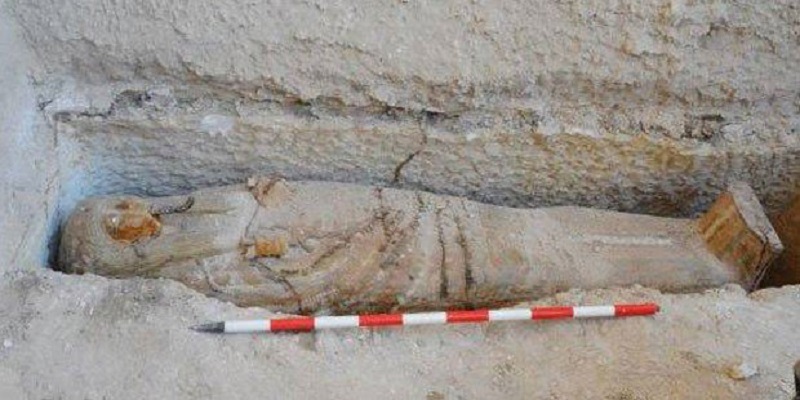
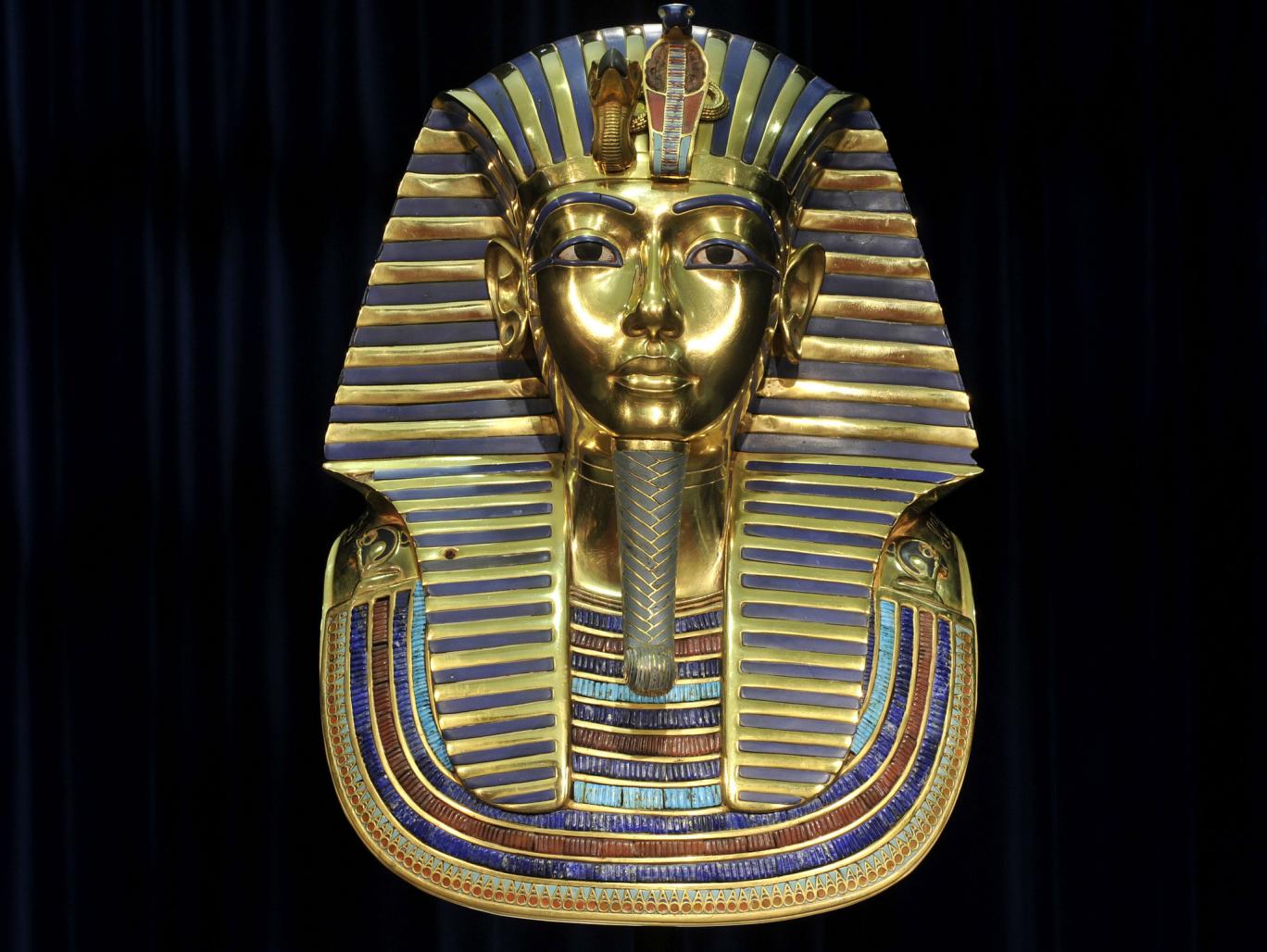
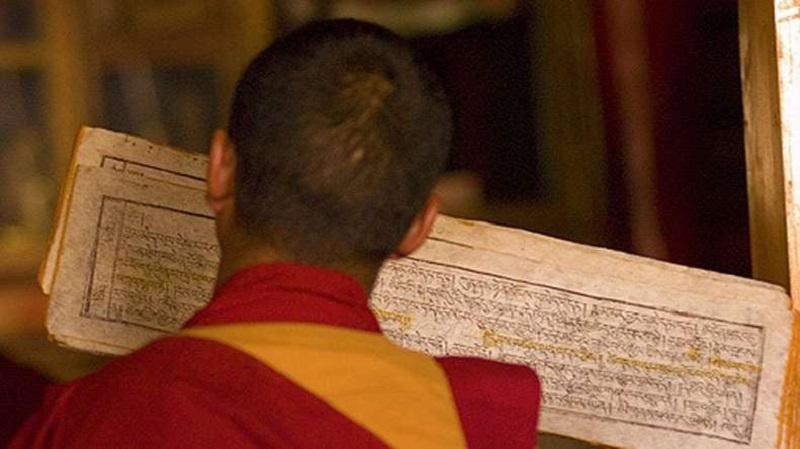
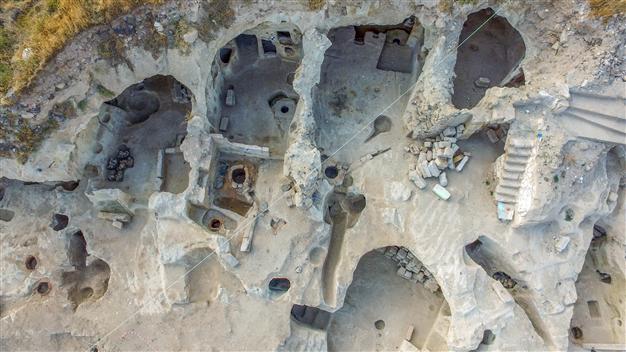
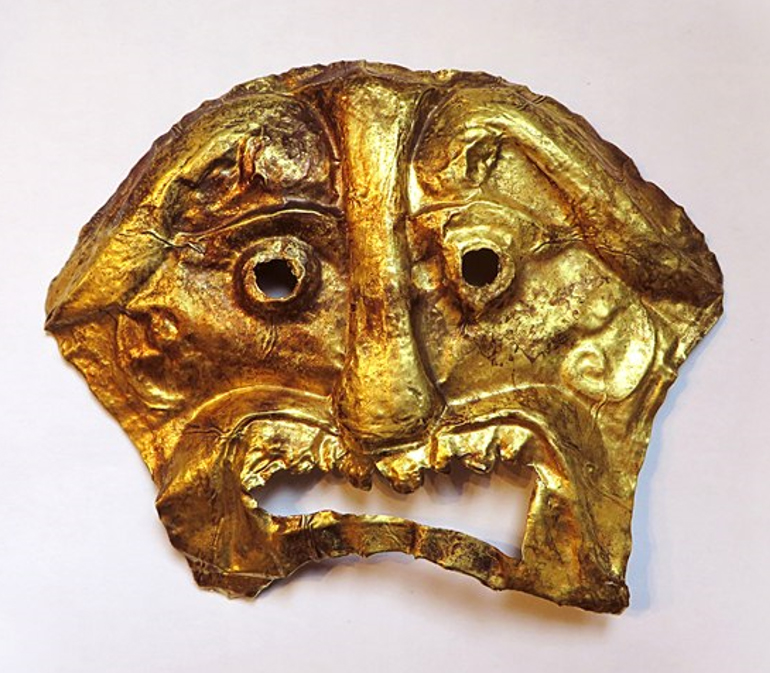



Comment: As puzzle pieces find their niche, a fuller picture of human genomic ancestry appears with interesting influences of a past ice age.